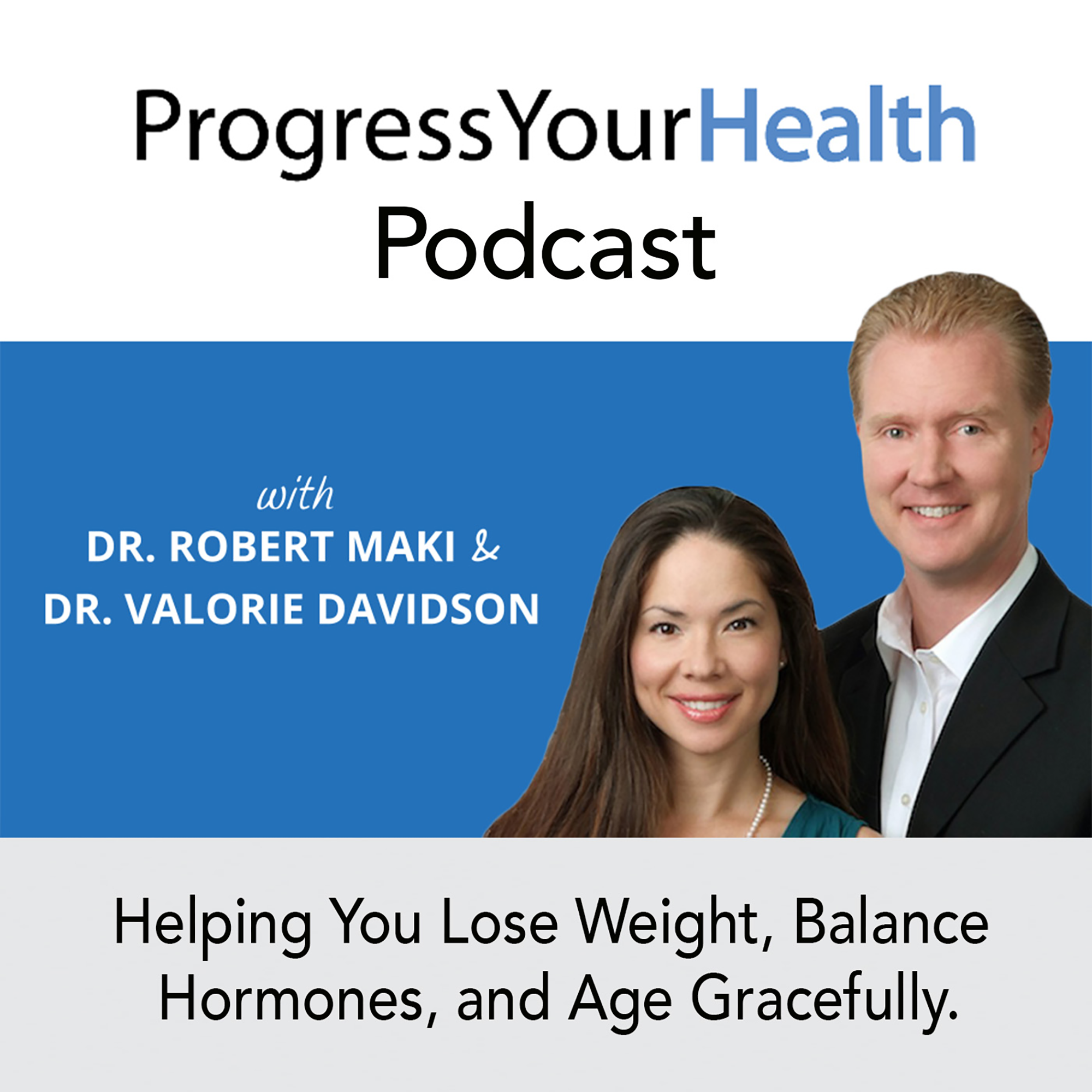What Does Endometriosis Feel Like? | PYHP 042

Endometriosis is a condition that affects many women. \xa0It is estimated that about 10% of females ages 15 to 49 are affected. \xa0I think this percentage of women with endometriosis is much higher than 10%. \xa0That is because the only sure way to be diagnosed with endometriosis is to have laparoscopic surgery. \nThere are many signs and symptoms of endometriosis, but they tend to overlap with other hormonal imbalances. \xa0Often it is confused with fibroids, ovarian cysts, and painful, heavy periods to name a few. And like I said, the only sure way to know is having surgery and finding endometriosis in the pelvic cavity. \xa0\n \nWhat is Endometriosis?\nEndometriosis is the lining of the uterus has seeded itself elsewhere in the body. \xa0The top lining of the uterus is called the endometrium. It is the cells of this lining (endometrium) that is found outside of the uterus. \xa0Common places endometriosis is found:\n-Fallopian tubes: Sometimes it can cause scar tissue on the fallopian tubes reducing fertility or can contribute to an ectopic pregnancy (which is a health emergency).\n\nOvaries: commonly it can cause ovarian endometrioid cysts. \xa0\xa0\nColon\nCervix\nVagina\nBladder\nSome rare reports have shown in the lung cavities and other organs\n\nWhy is there Uterine Tissue Not in the Uterus?\nThere are many conflicting theories on why the endometrium lining that is supposed to be in the uterus is elsewhere in the pelvic cavity. \xa0A long-held theory is in utero when cells are developing; uterine cells are seeded in other areas outside of the uterus. A more recent theory is there is a \xa0retrograde of flow during a period. The blood backs up and out of the uterus causing uterine cells to plant themselves anywhere in the pelvic cavity. \nNew hypotheses are endometriosis is an extension of autoimmune and inflammatory diseases.\xa0But plenty of people do not have endometriosis. \xa0Why some do and not others? Like mentioned above it could be genetic, autoimmune, lifestyle, retrograde mechanical flow, etc.\nThe old-school theory of developing in utero has pretty much been put on the shelf. \xa0Endometriosis often comes back after laparoscopic surgery. Sometimes it comes back slightly, moderately or its back with a vengeance after surgery. \xa0Which is why many women with endometriosis have had more than one surgery.\n\nThe big question: What Does Endometriosis Feel Like?\nPain: Pain is the number symptom that women with endometriosis are seeking answers. \xa0There are several types of pain that are experienced in endometriosis. And the pain is no reflection of how much endometriosis they have in their pelvic cavity. \xa0Some women have minimal endometrial lining seeded outside of the uterus. But report debilitating pain. Other women have stage fo